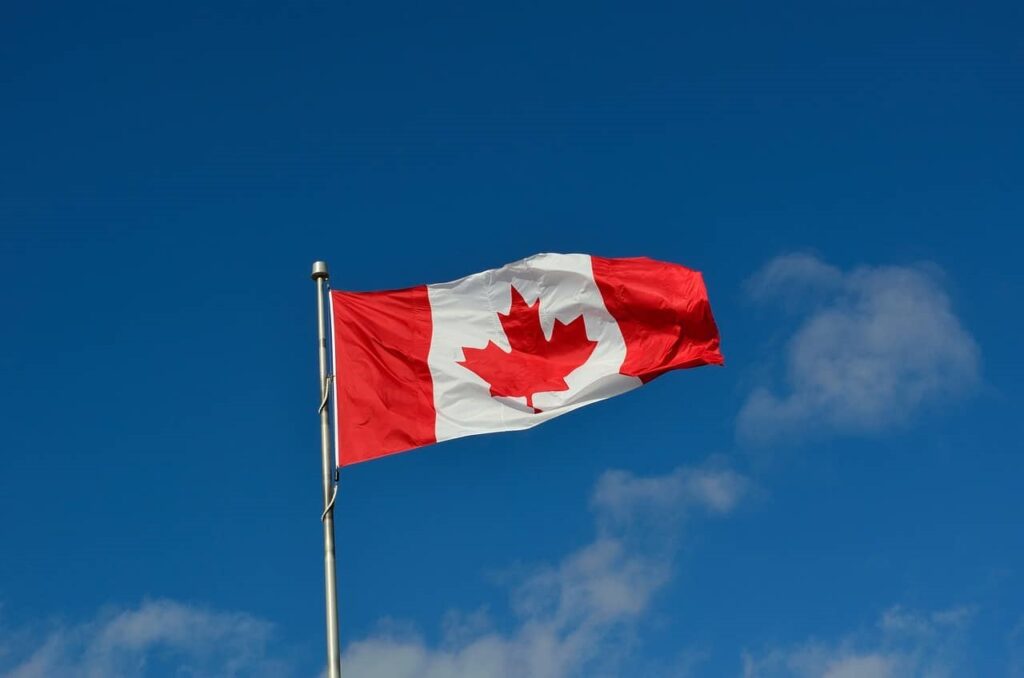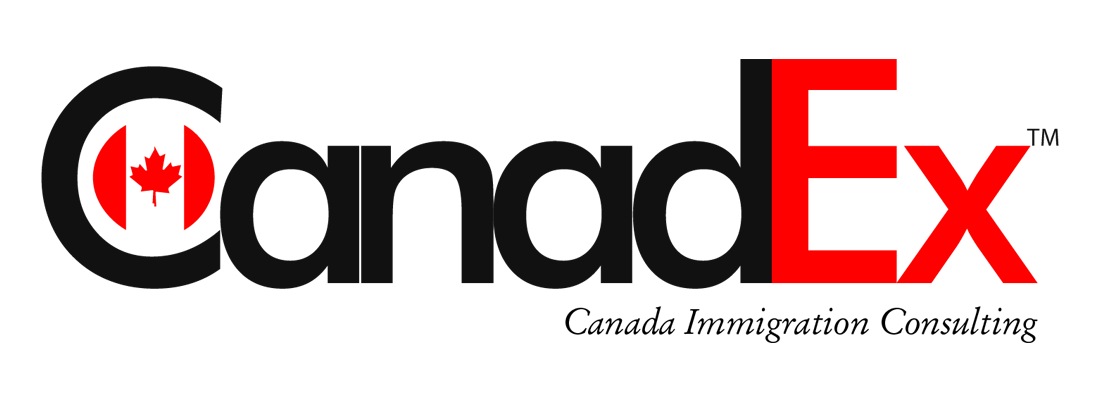Canada’s Prime Minister, Justin Trudeau, unveiled significant changes to his cabinet, setting the stage for a new era of governance. One of the notable shifts was the appointment of Marc Miller, a Member of Parliament from Quebec, as the country’s new Immigration Minister. Miller brings with him a wealth of experience, having previously served as the Minister of Crown-Indigenous Relations, where he diligently advocated for the self-determination of Canada’s Indigenous communities.
Stepping into his shoes as the Minister of Housing, Infrastructure, and Communities is Sean Fraser, the former Immigration Minister, whose accomplishments have earned him this pivotal role.
Marc Miller’s political journey began in 2015 when he was first elected to Canada’s Parliament. However, his dedication to public service extends beyond the political realm, as he had a noteworthy career as a practicing lawyer and served in the Canadian Armed Forces. Raised in Montreal, Miller’s academic pursuits led him to achieve two degrees in Political Science from the Université de Montréal and a law degree from McGill University.
The Canadian Cabinet constitutes a group of ministers appointed by the Prime Minister, entrusted with the responsibility of pursuing and effectively communicating the federal government’s policy priorities. Periodic cabinet shuffles are a common practice in Canada, with Prime Ministers typically executing such changes every two years.
The motivations behind these shuffles range from replacing underperforming ministers to recognizing and promoting those who have excelled in their roles. Additionally, cabinet shuffles offer the government an opportunity to revitalize its policies and enhance public communications.
The most recent major cabinet shuffle took place in October 2021, following that year’s federal election. As part of this reshuffle, Sean Fraser assumed the position of Canada’s Immigration Minister and assumed leadership of the Department of Immigration, Refugees, and Citizenship Canada (IRCC).
Prime Minister Trudeau has been at the helm of Canada’s governance since November 2015, during which time the country witnessed a proactive approach toward immigration. Under his leadership, Canada progressively raised its annual intake of new permanent residents, acknowledging the importance of immigration in addressing the challenges posed by an aging population and a declining birth rate. Preceding Trudeau’s tenure, the country welcomed approximately 250,000 new permanent residents annually, but this number surged to 300,000 per year when he assumed office.
Just before the pandemic struck, the intake further increased to 340,000 per year. During the pandemic, Canada responded to the demand for essential workers and skilled professionals by raising its immigration targets to over 400,000 new permanent residents annually. Now, with the Immigration Levels Plan 2023-2025, Canada is ambitiously aiming for 500,000 permanent residence landings annually by 2025.
The push for higher immigration levels aligns with the urgent need to address the challenges of an aging population and low birth rates in Canada. Recognizing immigration as a vital measure to strengthen the nation’s economy and fiscal stability, the federal government seeks to navigate the forthcoming retirement of approximately 9 million baby boomers, set to occur within the next decade. These higher immigration levels come at a time when Canada is grappling with historically low unemployment rates and unusually high job vacancy rates, underscoring the significance of attracting a diverse and skilled workforce.

Following a major cabinet shuffle, the Prime Minister may opt to issue new mandate letters to the cabinet members, outlining their respective areas of focus while serving in their roles. In December 2021, Prime Minister Trudeau provided Sean Fraser with a comprehensive list of immigration policies to prioritize. This included elevating immigration levels, streamlining the application process for newcomers, reforming Express Entry, strengthening family reunification, and fostering francophone immigration to Canada.
Since then, Sean Fraser has made strides in implementing these measures, signaling the government’s commitment to its immigration goals. Recently, Canada initiated category-based selection for Express Entry, strategically aligning immigration with various economic priorities, including bolstering francophone immigration. Additionally, Fraser unveiled measures in late May aimed at facilitating family reunification in Canada, demonstrating the government’s unwavering dedication to fostering strong familial ties.
Need Help Immigrating to Canada?
